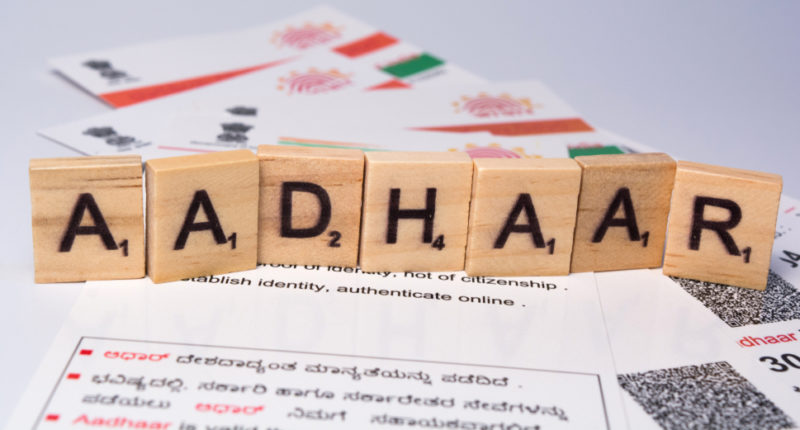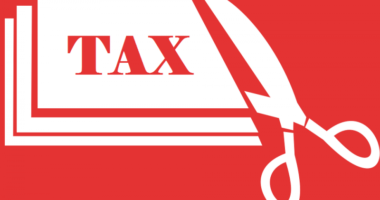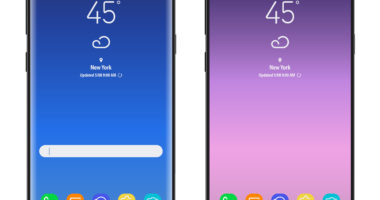The concept of Aadhaar, since its inception in 2009, has created a lot of buzz across the country. The talks about storing and usage of biometrics along with other personal details of an individual created a storm of debates. Later came the law to link Aadhaar with PAN, bank account, and other digital wallets.
Aadhaar has become the foremost proof to claim that an individual is an Indian citizen. However, when you share your Aadhaar number for any transaction, it implies that you have given them access to your personal details. There arises a serious concern of misuse of crucial information. Many cases of data breach have been reported, making citizens lose trust in the Unique Identification Authority of India (UIDAI) system. The government has taken this into consideration and has brought about another version of Aadhaar—masked Aadhaar.
What is Masked Aadhaar?
Masked Aadhaar is a unique version of Aadhaar, launched by UIDAI, where your Aadhaar number is partially masked or covered on the Aadhaar card. This move is to make the Aadhaar number safer. Here, the first eight digits of your Aadhaar number will be masked and the final four digits will be visible. You can only get this form of Aadhaar as a digital copy and not as a hard copy.
The masked version of Aadhaar contains your name, photograph, demographic information, QR code, and other details similar to the physical Aadhaar card. The only difference is the masking of the Aadhaar number.
Also Read: PAN-Aadhaar Linking Gets Extended for the Eighth Time
How and When to Use the Masked Aadhaar?
Download the masked Aadhaar from the official website of UIDAI at https://uidai.gov.in/. When you click on ‘Download Aadhaar’, you can see a checkbox with the label ‘I want a masked Aadhaar’. Select the option before hitting the download button to get your masked Aadhaar.
The masked Aadhaar card can be used in place of the regular Aadhaar card for transactions at almost all private and public establishments in the country. For example, you can provide masked Aadhaar for e-KYC purposes where it is not mandatory to share the soft copy or a photocopy of your Aadhaar card.
On the other hand, you may not be able to use the masked Aadhaar card to apply for any government welfare schemes such as Pradhan Mantri Awas Yojana, Pradhan Mantri Ujjwala Yojana, LPG subsidies, and to open bank accounts. In such cases, you have to provide the entire twelve-digit Aadhaar number to avail the benefits of the schemes.
The purpose behind the idea of masked Aadhaar is to provide limited visibility to third-party enterprises where Aadhaar is to be used as an identity proof. This way, you let the third-party check your photograph on your masked Aadhaar card and the last four digits of your Aadhaar number. They will not be able to store the entire Aadhaar number or get access to crucial information linked to the number. Isn’t this a more secure way of dealing with your daily life transactions?
For any clarifications/feedback on the topic, please contact the writer at apoorva.n@cleartax.in





